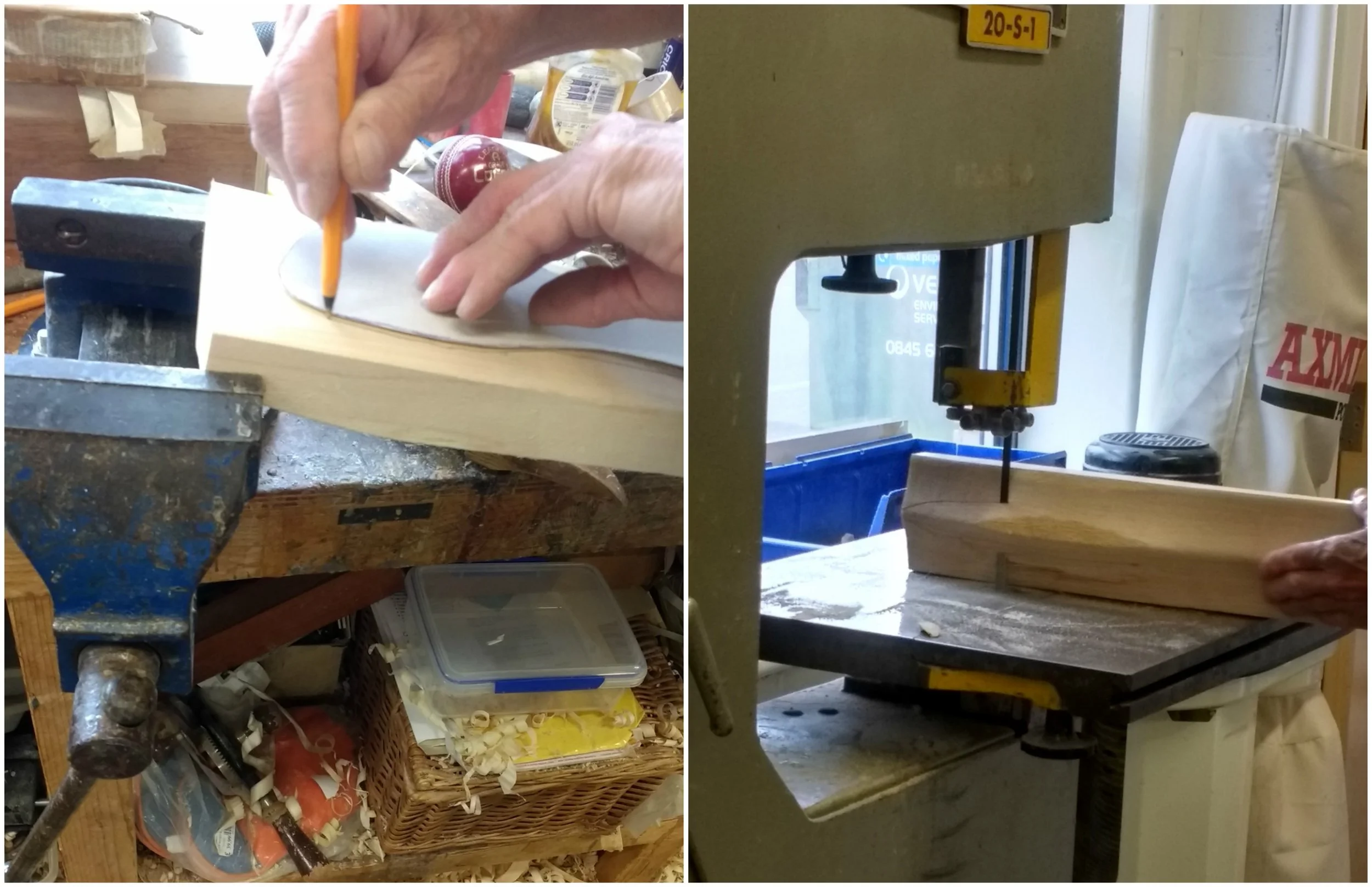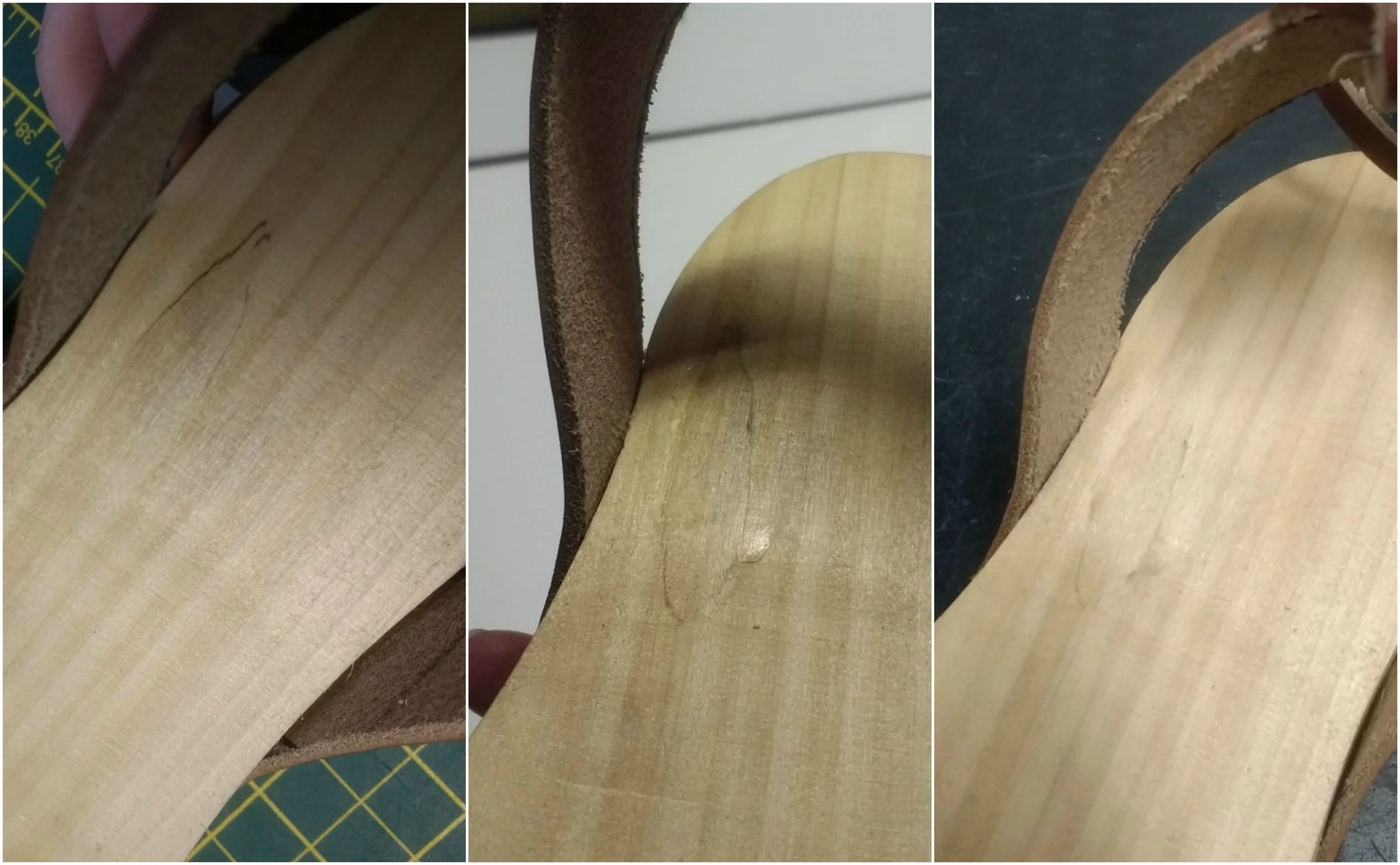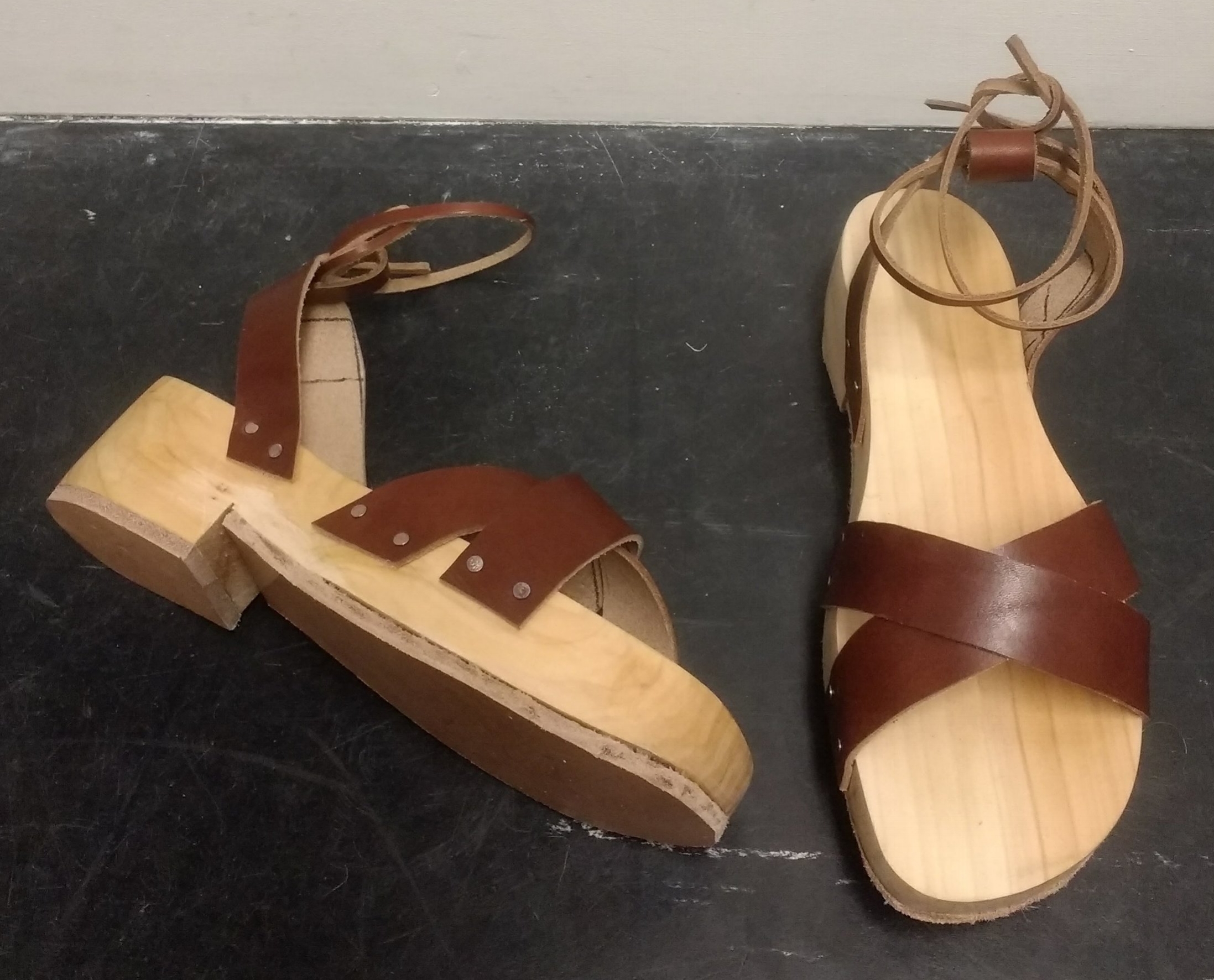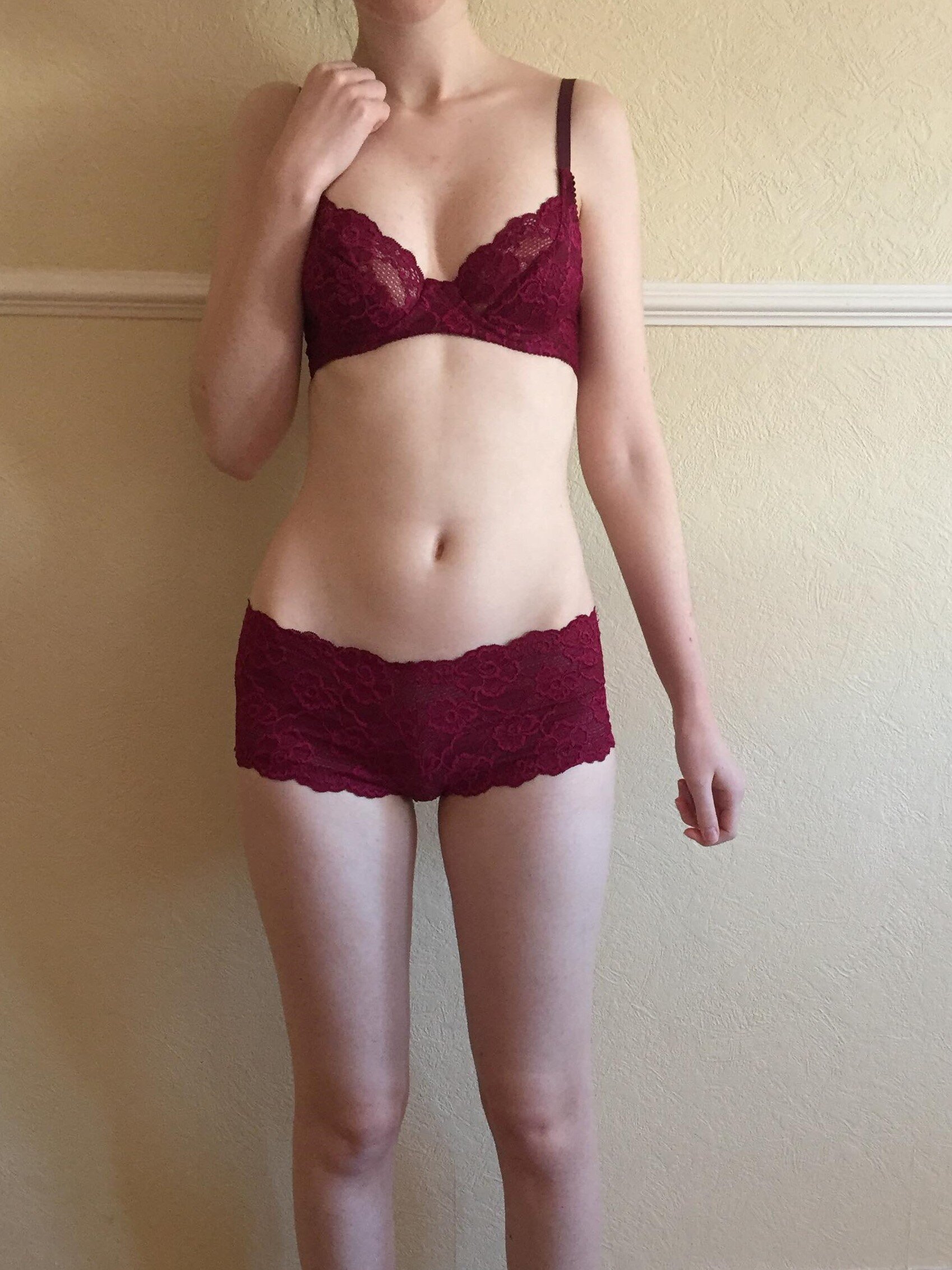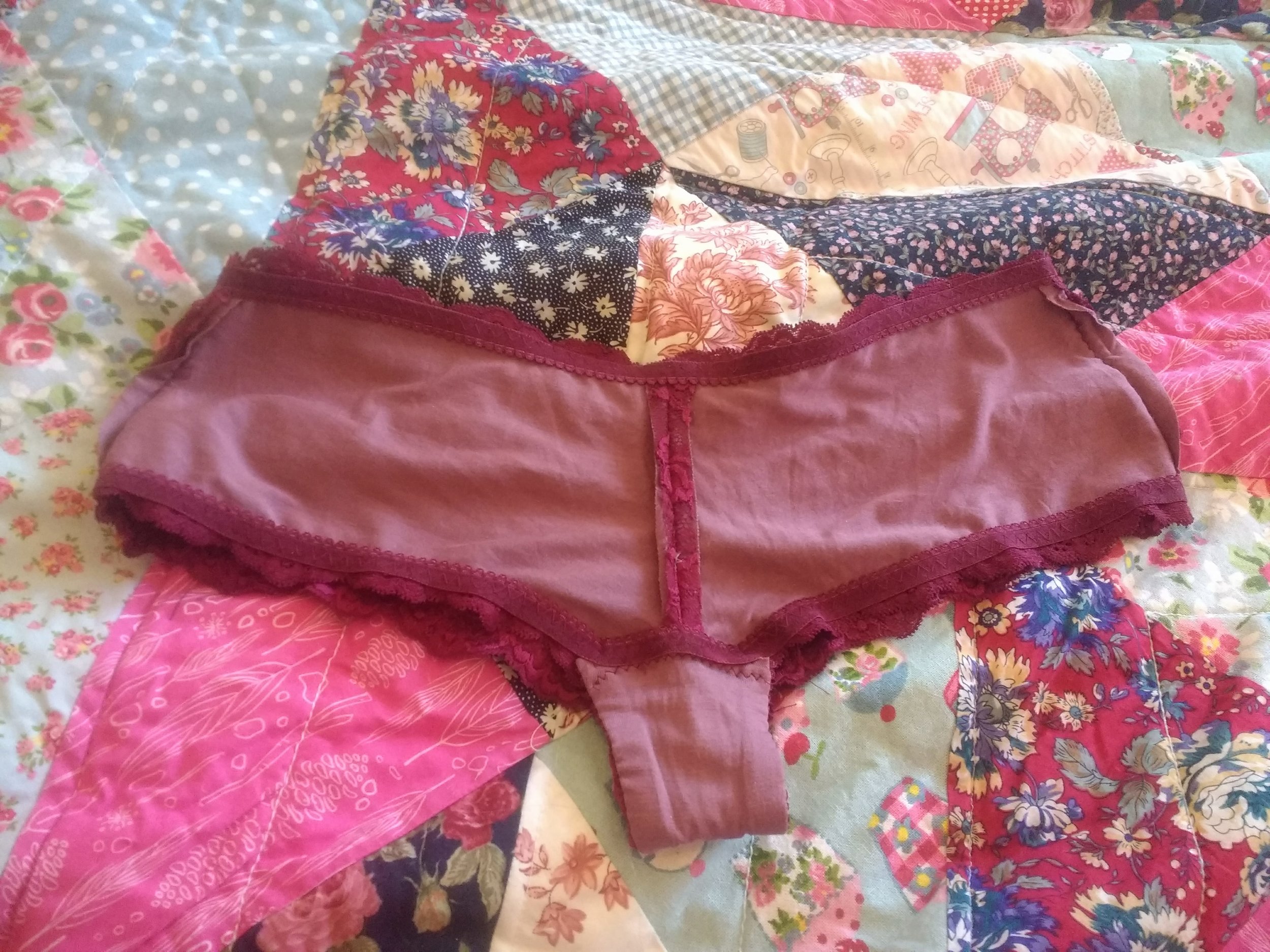Hello all! Now it's time to tell you about the making of the penultimate part of my outfit, the jumper. But before I could even start to learn how to knit, I had to dye the wool. The wool is Bluefaced Leicester Roving which is a DK/worsted weight and I bought 5 x 100g hanks for £45.48 which would be enough for my jumper. After reading through Jenny Dean's book, 'Wild Colour' I bookmarked all of the colours that I liked and then worked out which were available to me. The quantity of plant matter you need for natural dyeing has to be equal to the weight of the fibre so this essentially narrowed my choices down to one ingredient: elderberries. Luckily in the summer the hedgerows were full of them and I could easily find the quantity that I needed for no money whatsoever. (Many thanks to Andrea for pointing me in the right direction to find them.)
First I washed the wool and made sure it was thoroughly wet. While it was soaking I crushed and simmered the berries for 1 hour and strained off the dye liquid.
I added the dye liquid and alum (the mordant) into the pot, added the wool and simmered it for 1 hour. Then the heat was turned off and the dye was left to soak in the fibres as much as possible overnight.
Below you can see how much dye the wool had taken after a couple of hours.
All in all, I have mixed feelings about how it turned out. The ratio of berries to fibre gave me very muted colours. Next time I'd increase the ratio of berries. There's some surprise blue in there which I wasn't expecting. This could be because the alum was added to the dye pot, as opposed to mordanting the fibre beforehand. It could also be because I didn't untwist each hank before I put it in the dye pot. If all 5 hanks were just in 1 loop as they are on the washing line in the dye pot I don't think they would have fit and I would be concerned about them getting all tangled together. It is something to consider next time though. The mixed colour palette has grown on me and I think it looks very nicely variegated once the jumper is knitted up.
Thanks for reading,
Lauren xx






